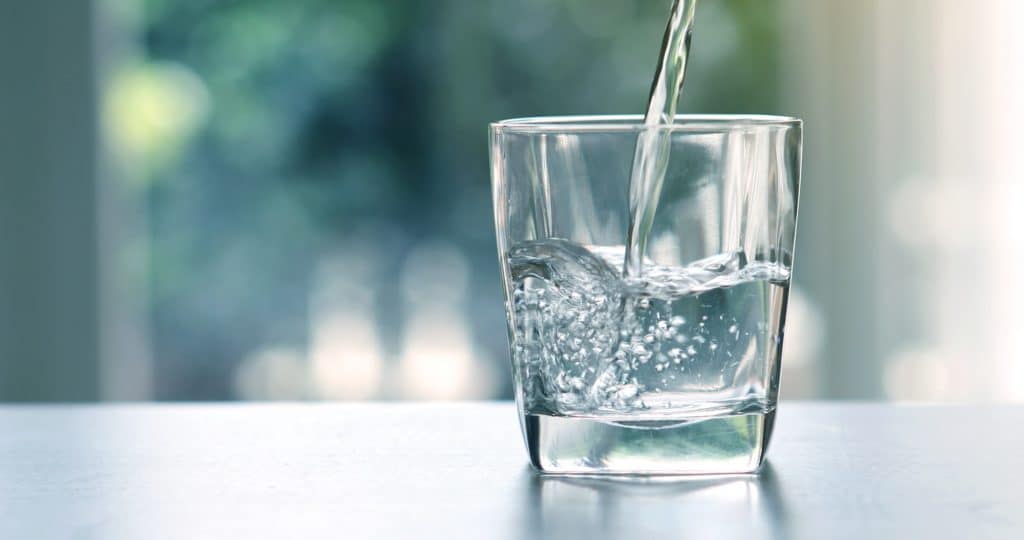Drinking water is treated to remove a substantial amount of impurities and contaminants; unfortunately, municipal treatment plants don’t always remove all the contaminants and those with well water may be exposed to contaminants common in untreated water. Water test labs can determine what contaminants are in the water like microorganisms, arsenic, radon, and more. But they can also test for another common contaminant: asbestos. Here’s what you need to know about asbestos in your water and what you can do about it.
What Is Asbestos?
Many people are aware of the dangers of asbestos exposure, but few realize that it’s actually a naturally occurring mineral. Asbestos is found in natural deposits but has been used for years in different materials because of its heat and chemical-resistant properties. The fibers have typically been used in brake pads, construction materials, and even in cement pipes.
How Does Asbestos Get in Water?
Since cement pipes are how water is typically distributed to communities, pipes containing asbestos can help contribute to the presence of asbestos in drinking water. While it’s true that some asbestos may get into the water simply through erosion of ores containing asbestos, it happens more commonly because the pipes containing asbestos gradually break down, allowing asbestos to contaminate the water as it’s supplied to homes and businesses.
Why Is Asbestos Dangerous?
The biggest concern with asbestos exposure is mesothelioma. This is a cancer of the protective membrane that lines the body’s internal organs. However, most people who have mesothelioma caused by asbestos were exposed to asbestos frequently and over a long period of time. Another risk of asbestos exposure is lung cancer, but again, that’s usually only with significant exposure. Higher exposure may also contribute to the risk of developing benign intestinal polyps. Asbestos exposure from drinking water is typically very low when the water is tested and treated properly.

What Levels are Acceptable?
In 1974 Congress passed the Safe Drinking Water Act, which requires the Environmental Protection Agency (EPA) to determine and monitor the level of chemicals in drinking water. A maximum contaminant level goal (MCLG) is set for different elements, with the asbestos MCLG being 7 million fibers per liter of water. The EPA uses this goal to set a maximum contaminant level (MCL) that water treatment plants are expected to comply with. Public water suppliers must show that the asbestos levels in the water fall below seven million fibers per liter of water because the EPA has concluded that this is the lowest reasonable number to expect and that this number is safe for human consumption.
How Is Asbestos Removed?
Asbestos is removed from drinking water using any number of methods of water purification approved by the EPA. These methods include filtration using coagulation, direct and diatomite filtration, and corrosion control. If the public drinking water system is unable to achieve acceptable asbestos levels, they’re required to notify the public and possibly provide alternative drinking water to prevent the risks associated with asbestos exposure.
What Can You Do?
Your drinking water supplier should provide a report that indicates the asbestos level in the water. For added peace of mind, you may want to have private water test laboratories check your water, especially if you regularly use well water for drinking. If the levels in your well are found to be high you should start treatment right away. Call ETR Laboratories, Inc. today to learn more about getting your water tested for asbestos.

